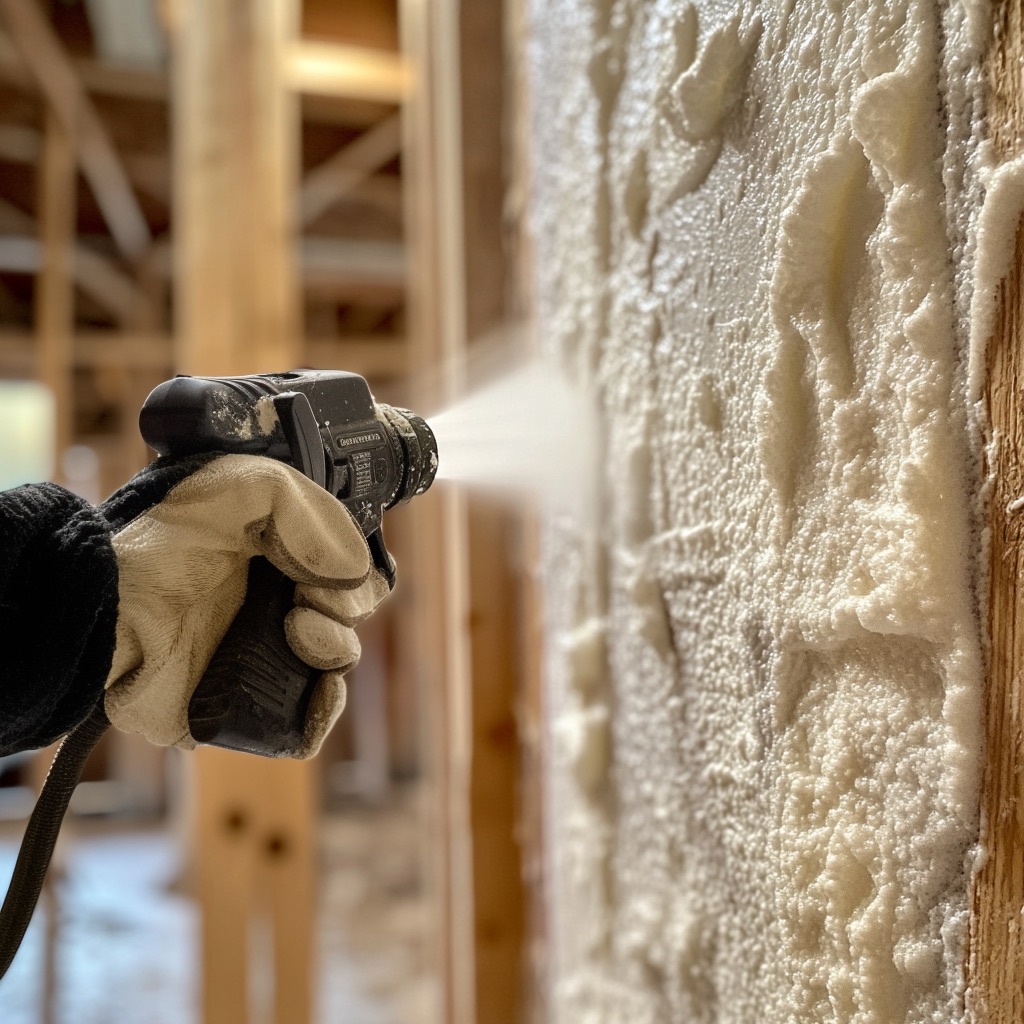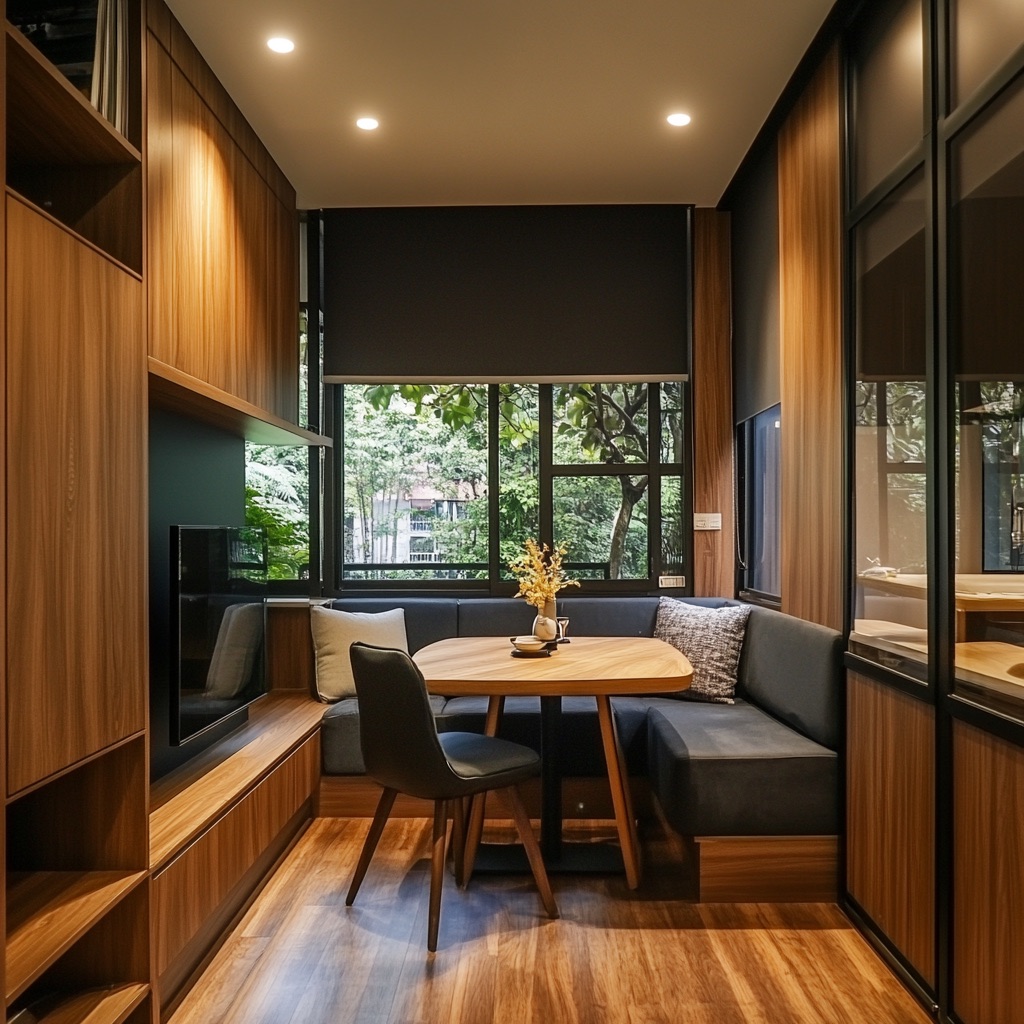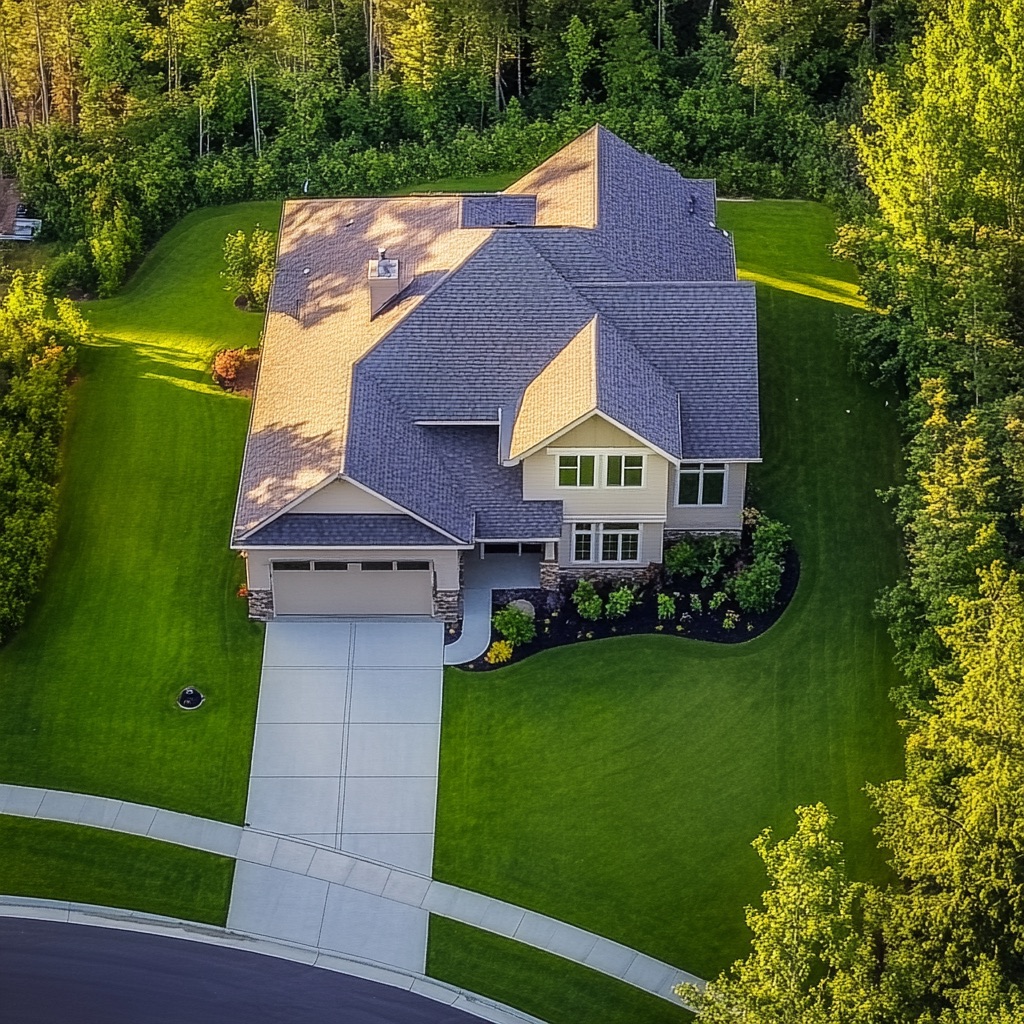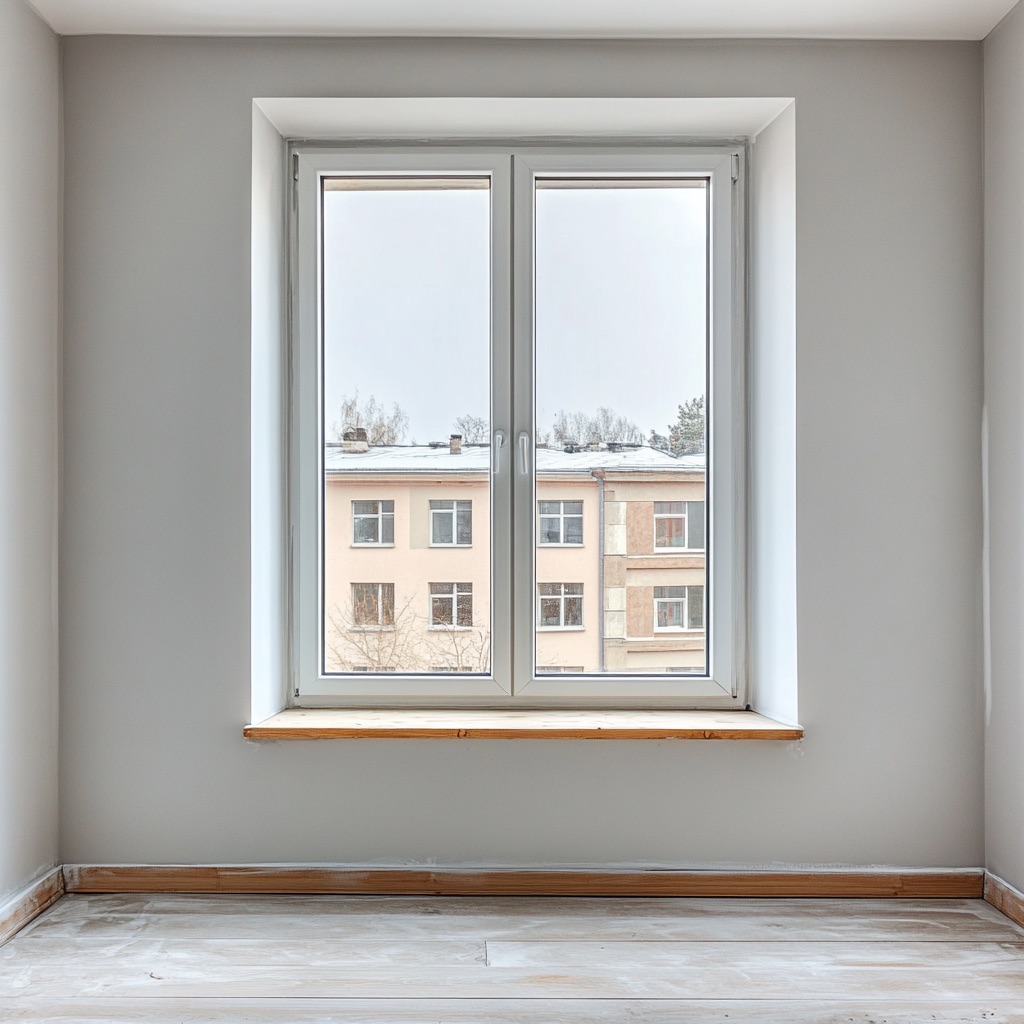Windows are more than just architectural elements; they are the eyes of your home, providing a glimpse into the life within while framing the world outside. The right window installation can transform the look and feel of your space, bringing in natural light, ensuring ventilation, and enhancing energy efficiency.
In this guide, we’ll explore the key considerations for choosing and installing new windows, including styles, materials, and the latest in technological advancements, to help you make an informed decision that marries aesthetics with functionality, creating a comfortable and inviting environment in your home.
Understanding the Different Styles of Windows
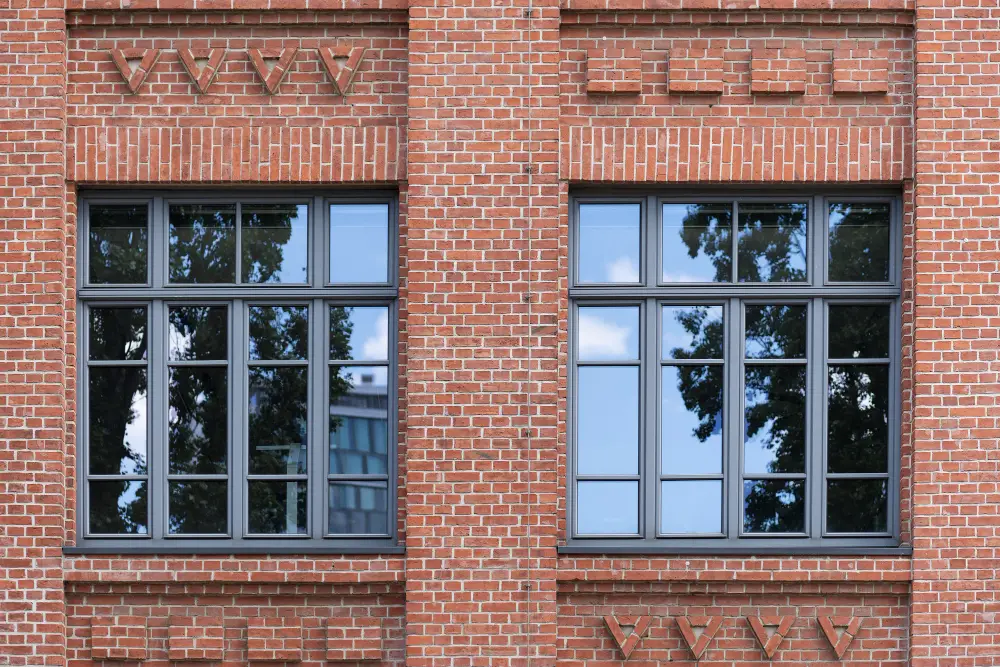
The diversity of window styles available today allows homeowners to customize their space to their taste and functional needs. Common styles include double-hung, where both sashes move up and down; casement, which pivots on hinges on the sides; and picture windows, which are stationary and often large, providing expansive views. Each style has its unique benefits and can alter the ambiance and usability of a room.
When choosing a style, consider not only the aesthetic appeal but also the practicality. For example, a bay window can add character and space to a living room, while skylights can brighten up a dim attic. It is essential to balance the architectural design of your home with your personal preferences to find the perfect fit.
With new windows, you can add a touch of personality to your space while also improving its functionality. Not to mention, you can increase the value of your home with upgraded and modern-looking windows.
Selecting the Right Materials
The materials you select for your windows have a direct impact on performance and longevity. Wood windows offer a classic look and excellent insulation but require more maintenance. Vinyl windows are maintenance-free and cost-effective, while fiberglass provides durability and is energy-efficient. Aluminum is lightweight and strong but may not offer the same insulation properties as other materials.
It is also fundamental to consider the climate you live in when selecting materials. Some materials, like vinyl, can resist harsh weather conditions and offer better insulation, which can be crucial for energy savings in areas with extreme temperatures. Properly assessing your environment and maintenance willingness will help you choose materials that will last and perform optimally in your region.
Technological Advancements in Window Installation
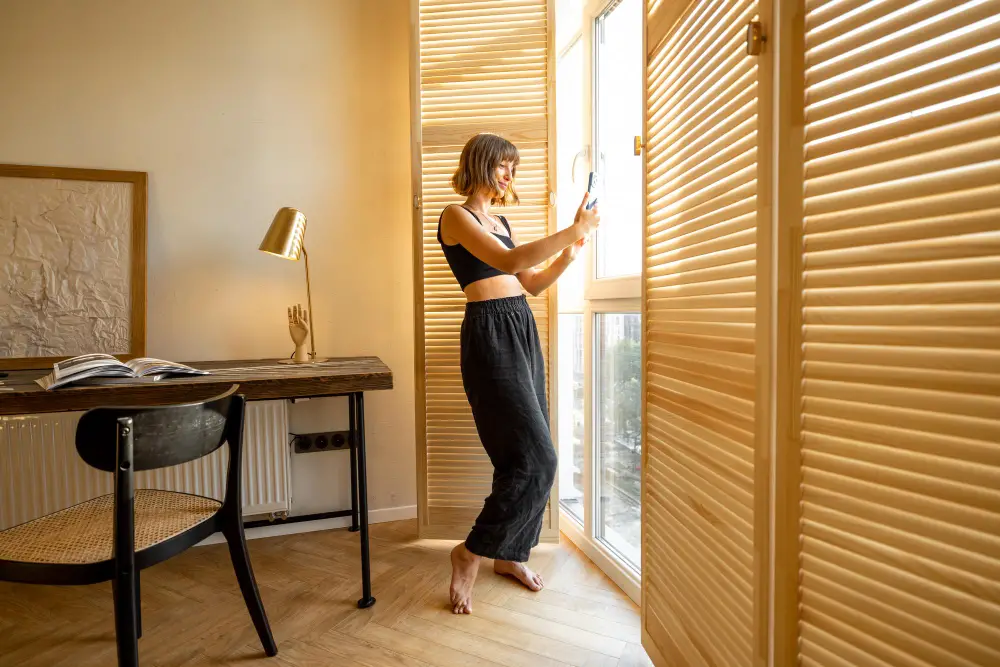
Recent technological advancements in window installations have dramatically enhanced their functionality. Innovations such as low-emissivity (low-E) glass coatings help minimize UV and infrared light without compromising the natural light that enters your home, protecting your interior from sun damage while improving energy efficiency.
Smart windows, equipped with sensors, can even adjust their opacity based on the time of day or weather conditions, contributing to your home’s comfort and energy management.
Another evolving technology is the integration of windows with home automation systems. These systems allow you to control window shades and blinds with a button or a voice command. This seamless integration provides convenience enhances security and can lead to significant energy savings by regulating light and heat entry.
Choosing the right windows for your home is a crucial decision that affects both its curb appeal and its functional efficiency. Incorporating the key considerations outlined in this guide—style, material, and technological advancements—will ensure that your investment enhances your home’s aesthetics while optimizing comfort and energy performance.
Windows are not just structural necessities; they are central to the way your home interacts with the world outside and the atmosphere within. By making informed choices with a long-term perspective, you can elevate your living space, boost your property’s value, and enjoy the beauty and benefits of your new windows for years to come.
Recap
